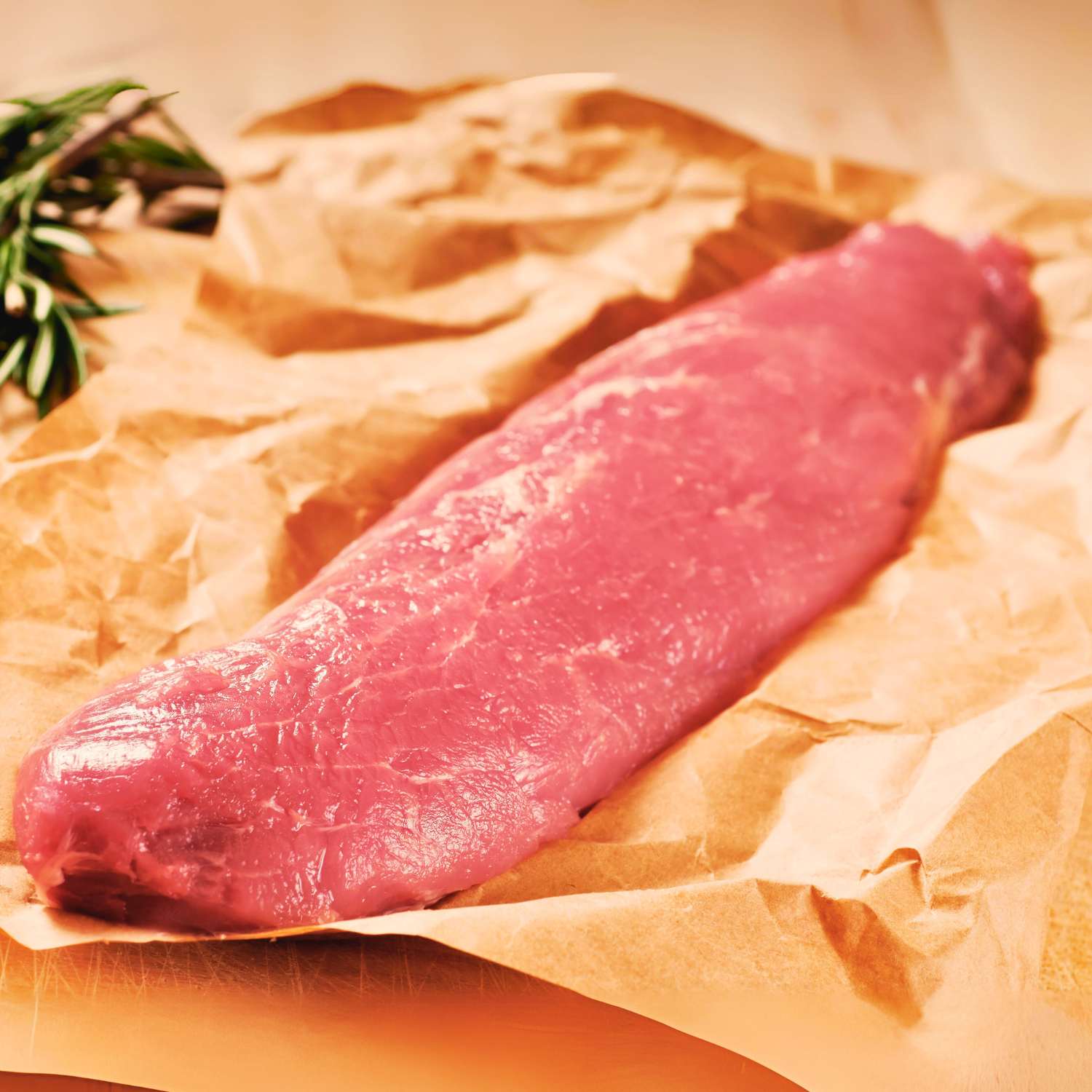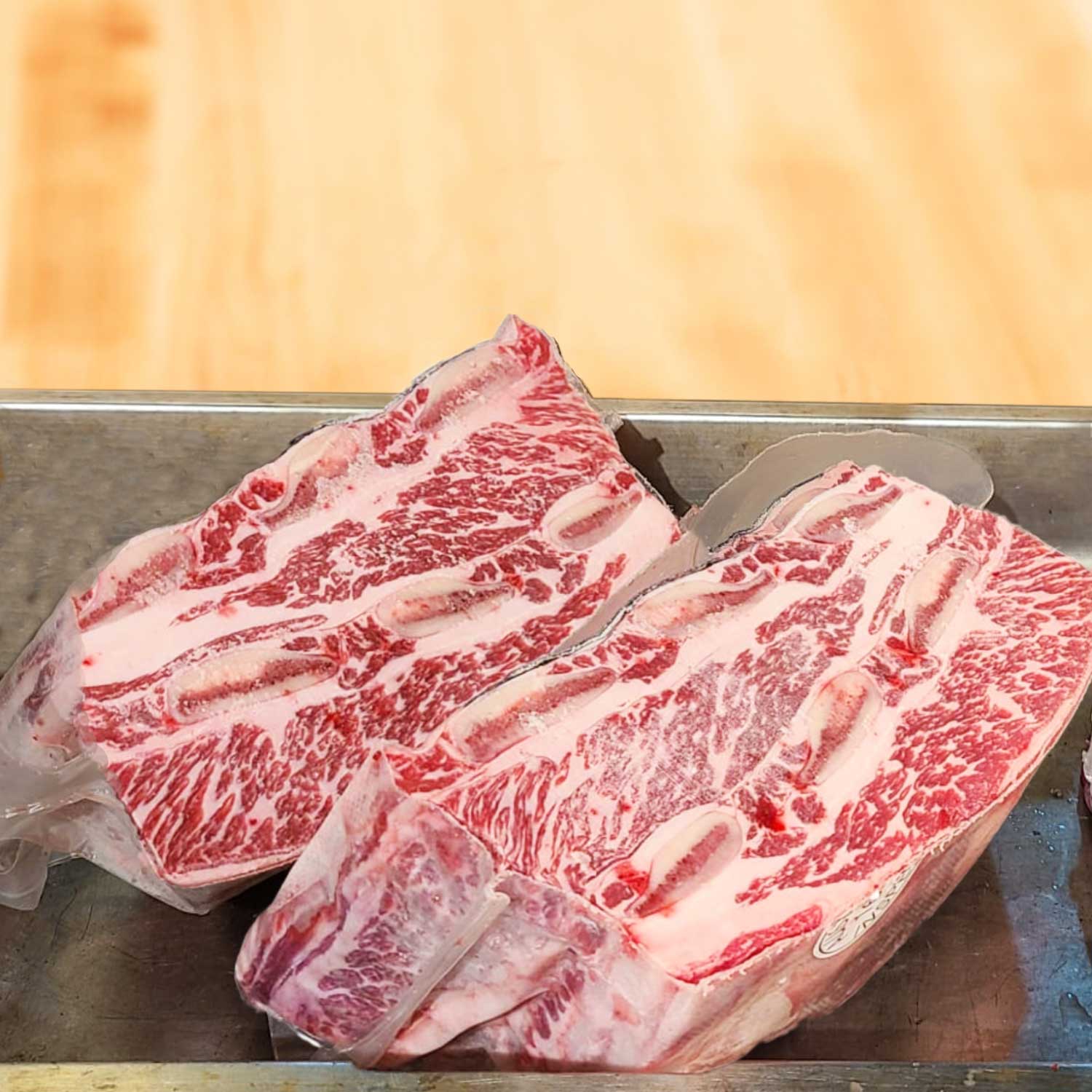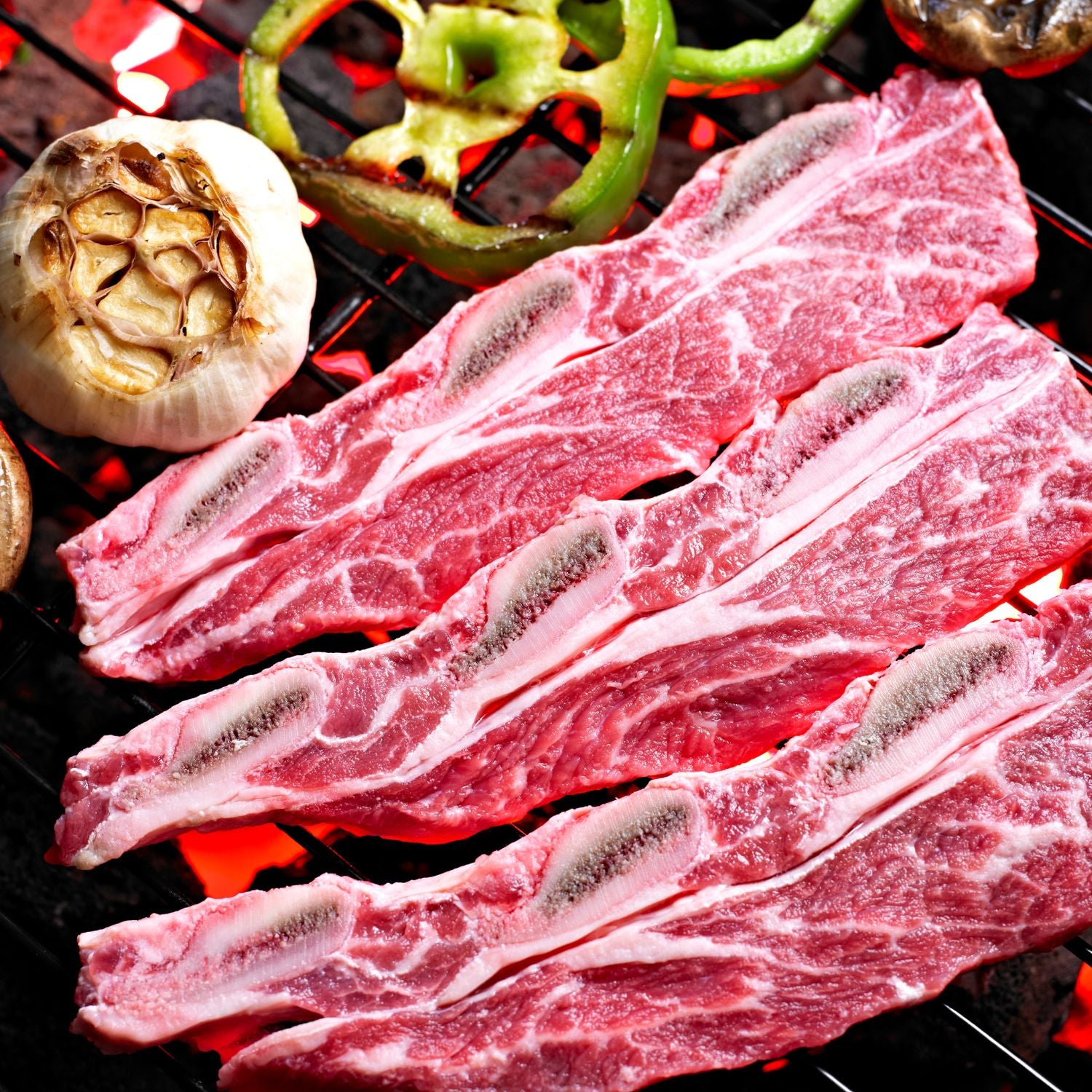Introduction to Hong Kong's Culinary Triumphs
Exploring the Unique Flavors of Hong Kong Cuisine
Hong Kong's food scene is a mix of flavors. Local dishes show the city's rich culture. Unique tastes come from fresh herbs and spices. This creates a bold dining experience. Hong Kong's cuisine blends tradition with new cooking trends. Premium meats like Wagyu are now stars on menus. These flavors give life to the city's culinary reputation. The variety in dishes ranges from street food to high-end meals. Each bite tells a story of heritage and modern flair. This exciting blend makes Hong Kong's food truly unique.

How Traditional Chinese Ingredients Influence Global Meat Trends
Hong Kong's rich cuisine draws on deep traditions. Classic Chinese spices and herbs blend with new tastes. This fusion shapes global meat trends. Rosemary, often in Western food, now mingles with Hong Kong's beef dishes. It enhances the taste of luxury meats like Wagyu and tomahawk. As global foods mix with local ingredients, Hong Kong chefs create new dishes. They present a unique taste that influences food markets worldwide.
The Rise of Wagyu and Tomahawk in Hong Kong's Market
A Deep Dive into the Wagyu Phenomenon
In Hong Kong, Wagyu beef has become a star. People love its rich taste and soft texture. It comes from a Japanese breed of cow. These cows are known for their marbled meat. What makes Wagyu special is the care given to these animals. They get good food, plenty of space, and even massages. This all helps make the beef tender and tasty. Chefs in Hong Kong use Wagyu in many ways. They add it to traditional dishes, making them even better. But Wagyu is not just in restaurants. People also buy it to cook at home. They enjoy making luxury meals for friends and family. The love for Wagyu shows Hong Kong's taste for the best.
The Tomahawk Trend: What Sets It Apart?
The Tomahawk steak has become a star in Hong Kong's dining scene. This steak stands out for its impressive size and rich flavor. It gets its name from its axe-like shape. Chefs love it for its long bone that adds to its dramatic presentation. The Tomahawk is often seen in upscale BBQs and steakhouses. Its popularity grows as foodies look for unique and high-quality dining experiences. This trend shows how Hong Kong values both taste and visual appeal in its food culture.
Understanding the Hong Kong Consumer's Shift Towards High-Quality Meat
In Hong Kong, diners are choosing top-notch meats. Taste drives this change. Premium beef like Wagyu and Tomahawk have become favorites. People see the value in investing in high-quality cuts for special meals. The health benefits of better meat also play a part. Consumers know more about how meat impacts wellness. They want meat that's both delicious and good for them. Quality meat is now a status symbol too. It shows care for oneself and guests at social gatherings. Easy access to these meats has helped the shift as well. Many stores and online platforms offer premium meats. This all adds up to a new era of meat consumption in Hong Kong.
Expert Tips on Cooking Hong Kong's Finest Meats
Mastering the Art of Wagyu Preparation
Cooking Wagyu requires skill and care. Start with room temperature meat. Season lightly to enhance, not overpower, the beef's natural flavors. A hot cast-iron skillet is ideal for searing. Aim for a gorgeous crust. Use a meat thermometer to ensure the perfect doneness. Let the steak rest before serving to retain its juiciness. Avoid overcooking; Wagyu's marbling is best appreciated medium-rare to medium. Pair with simple sides to let the steak shine.
Tomahawk Steaks: From Raw to Roasted Perfection
Cooking a tomahawk steak can seem daunting. The key is to get it to room temperature before cooking. Sear it on high heat quickly, then move it to a lower temperature. This lets the inside cook without burning the outside. Use a meat thermometer to check for doneness, aiming for 135°F for medium-rare. Rest the steak for 10 minutes before slicing. This locks in juices for a tender, flavorful feast.
Grass-Fed Beef: Enhancing the Flavor Profile
Cooking grass-fed beef offers unique taste benefits. Here's how to boost its flavor:
- Start with a hot, dry pan to sear the outside. This locks in the juices.
- Season simply with salt and pepper to let the beef's natural taste shine.
- Cook it rare to medium-rare for the best texture and flavor.
- Rest the meat for a few minutes after cooking. This helps retain moisture.
- Use fresh herbs like rosemary for added aroma and taste.
Follow these steps for a succulent grass-fed beef meal in Hong Kong.




















